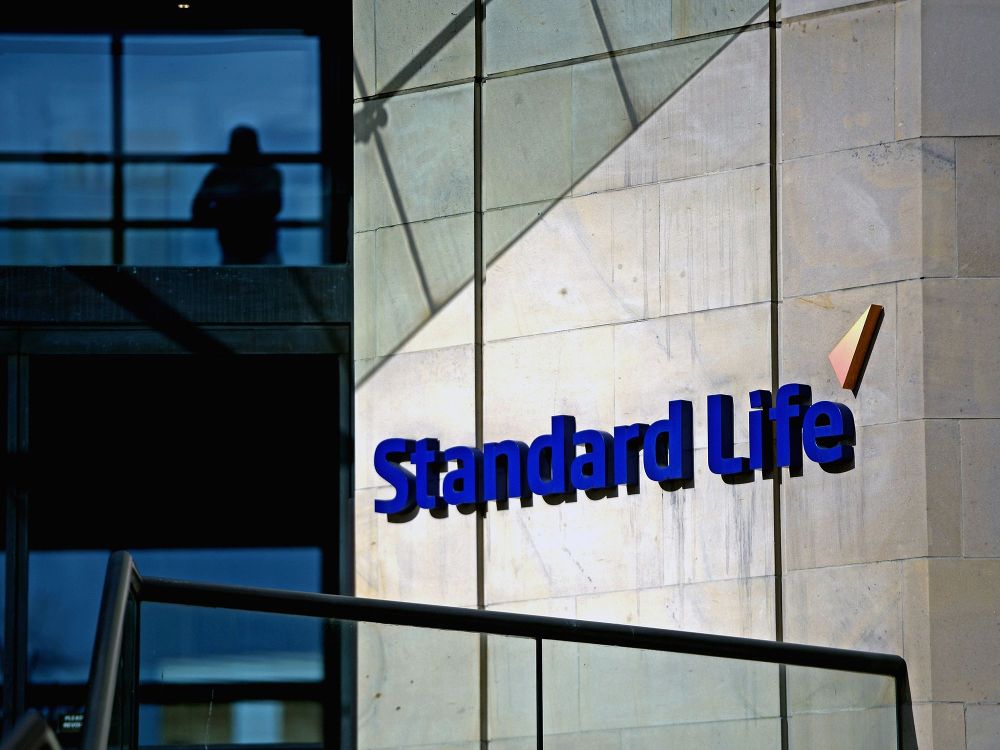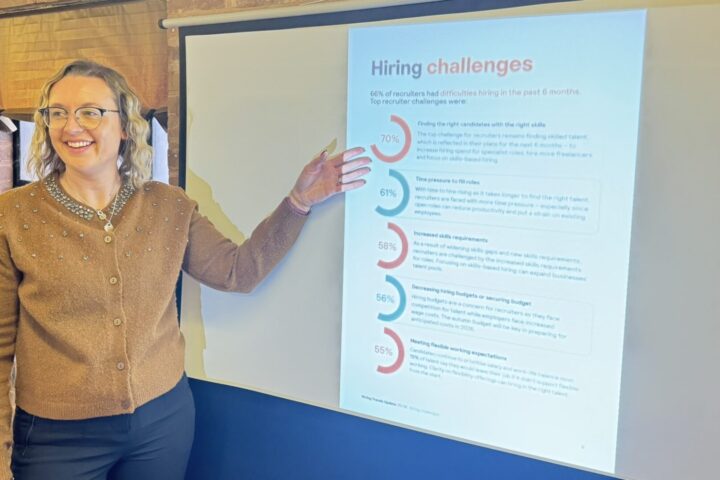Public sector roles offer significantly higher employer pension contributions, ranging from 23% to 29% of salary, compared to the 3% minimum required in the private sector, according to Clare Stinton, head of workplace saving analysis at Hargreaves Lansdown.
Stinton said that the choice of workplace can have a significant impact on retirement outcomes, with recent data from the firm’s Barometer showing that public sector workers are generally better positioned for retirement security.
The data showed that six in 10 public sector households – where the main earner worked in roles such as teaching, healthcare, or the civil service – were on track for a moderate retirement, while three in 10 were likely to achieve a comfortable retirement.
Stinton attributed this advantage to the prevalence of defined benefit (DB) pension schemes in the public sector, which typically provide more generous employer contributions than those available in the private sector.
Private sector employees, on the other hand, are less likely to be as well-prepared for retirement.
The data indicated that half of the households where the main earner works for a large private company were on track for a moderate retirement.
However, this figure fell to three in 10 for employees of small and medium-sized enterprises (SMEs).
Stinton noted that larger companies often have more substantial benefits budgets, making them more likely to offer employer-matching contributions that exceed the minimum requirement and can sometimes reach double-digit percentages.
Stinton illustrated the potential impact of higher contributions with an example of an individual contributing the auto-enrolment minimum of 8% from the age of 22, with an assumed annual investment growth of 5%, would likely accumulate a pension pot of around £215,000 by the age of 67.
In contrast, if that same individual worked for an employer offering double-matching contributions – where the employee paid in 5% and the employer contributed 10%, totalling 15% – the pension could grow to £404,000 by retirement.
Stinton said this highlighted the importance of considering the overall benefits package when evaluating job opportunities, as higher pension contributions can make a substantial difference to retirement savings.
Self-employed workers appear to be at a greater disadvantage when it comes to retirement readiness.
According to the data, just two in 10 self-employed households were on track for a moderate retirement.
Stinton pointed out that self-employed individuals are responsible for funding 100% of their own pension contributions and often have less surplus income to save, with an average of £171.52 available each month compared to £356.37 for employees of large private companies.
Despite these challenges, Stinton noted that self-employed individuals can still take advantage of tax relief on pension contributions.
Sole traders may be eligible for up to 45% tax relief, provided they are UK residents under 75, with most able to contribute up to £60,000 per year.
Limited company owners can also make employer contributions to their pensions, which can typically be offset against corporation tax.
For those with fluctuating incomes, Stinton suggested that the Lifetime ISA (LISA) could offer another retirement savings option.
Individuals can contribute up to £4,000 annually until the age of 50, receiving a 25% government bonus of up to £1,000 each tax year.
Any investment growth is tax-free, and withdrawals from age 60 are not taxed. Early withdrawals are allowed but come with a 25% penalty.
Stinton concluded that, regardless of employment status, it is important for individuals to regularly review their pension contributions and assess whether they are on track to meet their retirement needs.
















